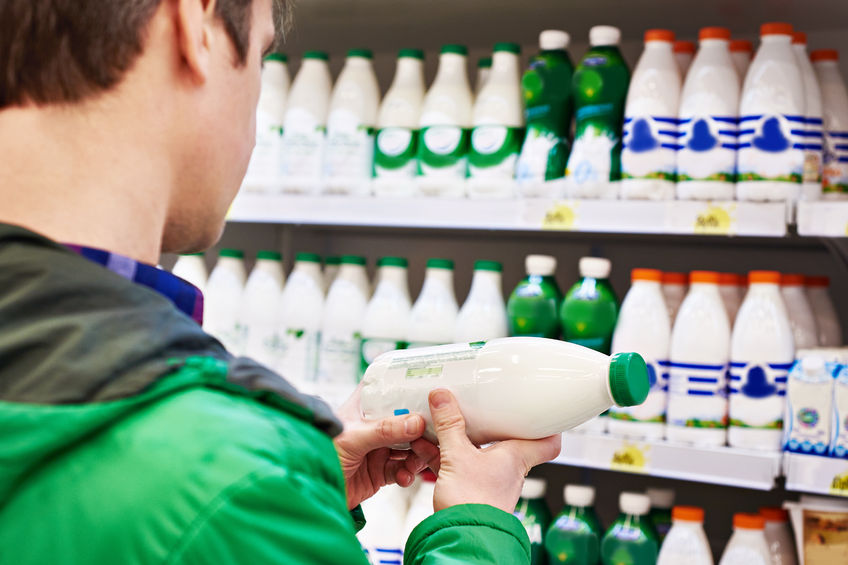Today’s consumers live very busy lives, and that means they are always looking for a quick way to get the nourishment they need. Along those same lines, more consumers than ever are becoming conscious of their health, and that means they won’t eat just anything. Healthy food choices are a start, but it’s important to consider packaging that accurately represents the contents, too. Here’s what you should know about packaging for the health-conscious.
Two Things to Make Clear
Consumers who need a snack on the go are more concerned about what they put in their bodies than ever before. This means that food manufacturers are under a great deal of pressure to create foods that meet health needs and packaging that makes the contents very clear. There are two things to consider in this regard:
- Communicating Nutritional Values – The first thing a health-conscious consumer will check in terms of snack foods is the nutritional value label. They want to know what’s in the food and how it will affect them.
- Designing Functional Packaging – Consumers of all kinds want packaging that was designed for them to utilize on the go, as well.
By designing packaging that meets these two considerations, food companies can push past the competition and help their target audiences make better choices.
Promoting Ingredients Up Front
The fewer the ingredients in a product, the more appealing it becomes to today’s healthy consumers. More and more people are turning away from overly-processed food and returning to the simple things in life. If your product only has a few ingredients, consider printing these boldly on the label to catch consumers’ attention. This shows consumers that you are dedicated to providing them with exactly what they want to stay healthy.
Along those same lines, it’s important to be very aware of the language used on that packaging and avoid the “minor claims” that can set off red flags for the health-conscious. Things like “low-calorie”, “low-fat”, and “no sugar added” are viewed as red flags because for many years, companies have made these claims in an effort to hide the unhealthy side of a product. For example, it’s possible for a product to have no sugar added, but still be high in calories, and it’s possible for a low-calorie snack to contain high amounts of chemicals and artificial sweeteners that the health conscious prefer to avoid.
Packaging for Busy Lives
Aside from what you put on the packaging, it’s important to consider the type of packaging you use, as well. A recent survey showed that 40% of consumers were more likely to choose products with packaging that allowed them to see the contents over a competitor, and 70% said they would even pay more for packaging that was translucent at the very least. Another important consideration is whether the packaging is wasteful, whether it is easy to open, and whether it can be recycled.
If you market your food product toward people who are concerned about their health, it’s important to start with a great product. Then, consider your packaging very carefully. Avoid any of the “minor claims” that are viewed as red flags, make the nutrition label easy to read, and list wholesome ingredients right on the front of the package when possible. These things can drive sales tremendously.

